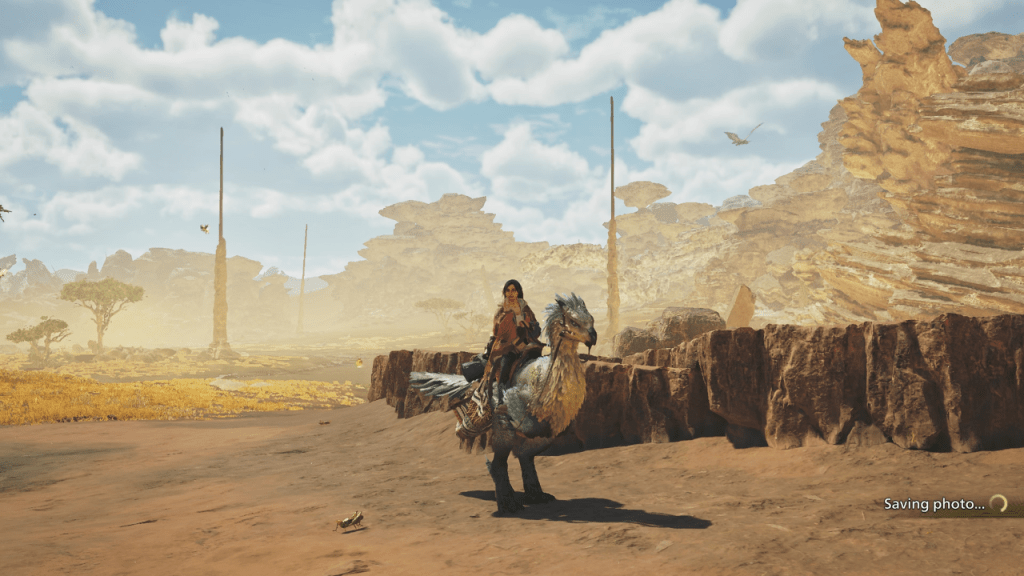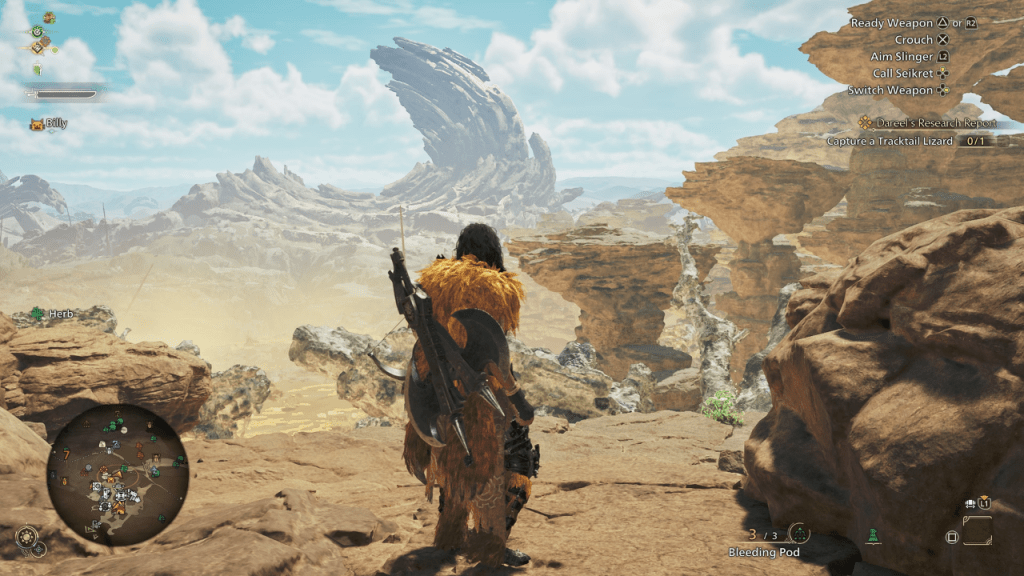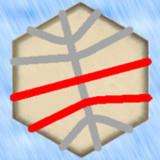In *Monster Hunter Wilds*, the dynamic interplay of seasons and weather significantly enhances the gameplay experience within the Forbidden Lands. These elements not only alter the visual landscape but also influence the behavior of monsters, availability of resources, and the strategic approach players must take. Here's a comprehensive guide to understanding and navigating the seasons and weather in *Monster Hunter Wilds*.
Monster Hunter Wilds Seasons, Explained

*Monster Hunter Wilds* features two distinct seasonal cycles in the Forbidden Lands: Fallow and Plenty. The game begins in the Fallow season, characterized by a harsh environment, severe weather events, and a scarcity of resources. During Fallow, the desperation of the times leads to increased aggression among monsters, with frequent inter-species conflicts.
In contrast, the Plenty season offers a more temperate climate, marked by lush flora and vibrant environmental changes. This season sees a decrease in hostility among small monsters, who are less likely to travel in packs. The abundance of Endemic Life and various plants during Plenty makes it a time of celebration for both the villagers and players of *Monster Hunter Wilds*.
Between these seasonal shifts, there are brief yet intense weather events known as Inclemency. These events intensify the weather conditions and set the stage for epic battles against Apex Predators. A notable example is the Pinnacle of the Pack Assignment, where players face the Alpha Doshaguma amidst the Sandtide—a fierce sandstorm punctuated by lightning strikes. Throughout *Monster Hunter Wilds*, players will encounter various unique weather events during encounters with Apex Predators.
How To Check the Seasons and Weather in Monster Hunter Wilds

Monitoring the current season and weather in *Monster Hunter Wilds* is straightforward thanks to the game's HUD and map features. The HUD displays icons in the bottom left corner, indicating the time of day and current season. For a more detailed view, players can access the map and press the prompted button to view the Environment Overview, which provides comprehensive information on the prevailing weather and season.
Additionally, Optional Quests in *Monster Hunter Wilds* come with predetermined times of day and seasons, temporarily transporting players to those specific environmental conditions, regardless of the current season in the main game.
Related: Monster Hunter Wilds Weapon Tier List (Best Weapons to Use)
How To Change the Season and Weather in Monster Hunter Wilds
Given the impact of seasons on the flora and fauna in the Forbidden Lands, players might find it advantageous to switch between Fallow and Plenty depending on their objectives. *Monster Hunter Wilds* allows players to change both the season and weather.
To do so, players need to set up their tent and rest. From the tent, navigate to the BBQ Menu, and select the Rest option. Here, players can adjust the Environment and Time settings to their preference when their Hunter wakes up.
However, resting in *Monster Hunter Wilds* incurs a cost of 300 Guild Points and is exclusively available to High Rank Hunters. It's important to note that resting is not possible during an ongoing quest.
With this guide, you're now well-equipped to navigate and leverage the seasons and weather in *Monster Hunter Wilds* to enhance your gameplay experience.
*Monster Hunter Wilds is available now on PlayStation, Xbox, and PC.*



 LATEST ARTICLES
LATEST ARTICLES 











